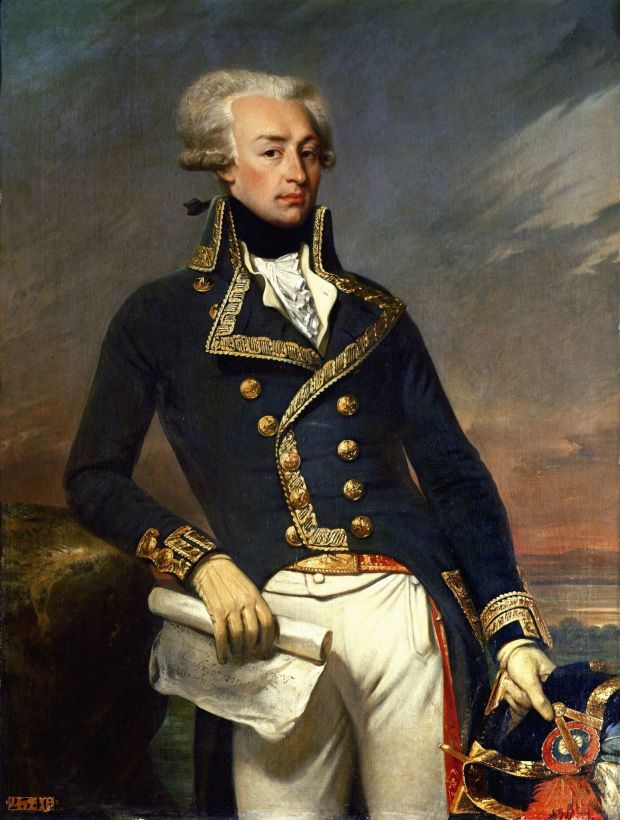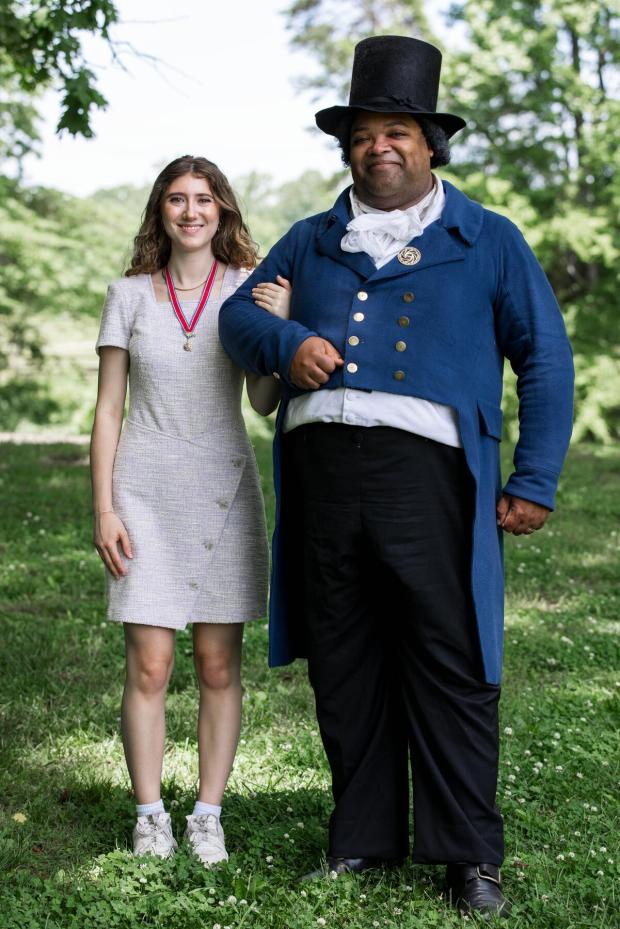NEW KENT — Nearly two-and-a-half centuries after providing critical intelligence that helped the United States clinch victory in the Revolutionary War, an American patriot will finally have a monument dedicated in his honor.
On Saturday, the Virginia Society Children of the American Revolution and the African American Heritage Society of New Kent County will be hosting a ceremony to unveil a monument dedicated to James Armistead Lafayette. The ceremony, which is free and open to the public, begins at 11 a.m. and will be held on the grounds of the Historic New Kent Courthouse, located at 12003 New Kent Highway.
Lafayette was born enslaved in New Kent County in the mid-18th century. During the Revolution, his enslaver, William Armistead, managed American military supplies in Williamsburg, where Lafayette likely met the Marquis de Lafayette, the young French general commanding Patriot forces. The two men developed such a close bond that the former slave took the Lafayette surname when he became free.
Many historians have associated the surname Armistead with James Lafayette, but scholars today indicate that he preferred and used the surname he shared with the marquis.
James Lafayette infiltrated British lines during the Siege of Yorktown and returned with valuable information. “His intelligences from the enemy’s camp were industriously collected and faithfully delivered,” the marquis wrote after the war.
Despite his service to the United States, it took another six years for Lafayette to earn his freedom. Although enslaved soldiers who fought for the patriots were freed in recognition of their meritorious service, Lafayette remained in bondage, based on the technicality that he had not actually enlisted in the military. It took the intercession of the Marquis de Lafayette for Virginia to finally free James Lafayette.
After earning his freedom in 1787, Lafayette lived out his days as a farmer in New Kent County, where he likely purchased enslaved family members in order to free them. When the Marquis de Lafayette returned to the United States on a reunion tour 40 years after he left, James Lafayette made the trip to Yorktown to see him. There, the marquis spotted James Lafayette in the crowd and embraced him.

Much of the latter part of Lafayette’s life is shrouded in mystery. He died in 1830, but historians don’t know where he’s buried. New Kent’s courthouse and many of the records it contained went up in flames during the Civil War, possibly erasing any records. And through the centuries, the memory of his service to the nation faded.
Sarah Terpenning, a sophomore at William & Mary and the president of the Virginia Society Children of the American Revolution, hopes the monument will honor Lafayette and shed light on his role in the war.
As president of the state chapter of the patriotic youth organization, Terpenning was required to undertake a service project. A Lafayette monument was not only appropriate, she said, but long overdue. “There’s only a historical marker now and that’s it,” she said. “There’s nothing at his birthplace. That’s how we came up with the idea of a monument installation.”
Terpenning, along with her father Joe Terpenning, who currently fills the advisory role of senior state president, designed the monument after consulting the leadership of the African American Heritage Society of New Kent, including Camilla Tramuel and LaVonne Allen. The monument is a 5 ½-foot tall black granite marker, with a portrait and inscription honoring Lafayette.

“The society has been talking about having a monument for years and years but we just couldn’t afford to do that,” Tramuel said.
Terpenning’s project came with $15,000 in funding, and Tramuel said that money helped the heritage society finally realize its dream of honoring Lafayette with a monument.
Allen is writing a biography of Lafayette and said that this effort will not only honor a man who put his life on the line for American freedom, but will also help draw people to New Kent.
“As historian of New Kent Historical Society for many years, people used to contact me, and the number one question I would get was ‘What is there for James Lafayette? What is there to see when I come visit?’” Allen said.
Stephen Seals portrays James Lafayette at Colonial Williamsburg and said that the new monument will serve as a reflection of American history that was often uplifting and tragic at the same time. Lafayette has been neglected for far too long, Seals said.
“Hopefully,” Seals said, “he just becomes part of the American story.”
Ben Swenson, [email protected]
